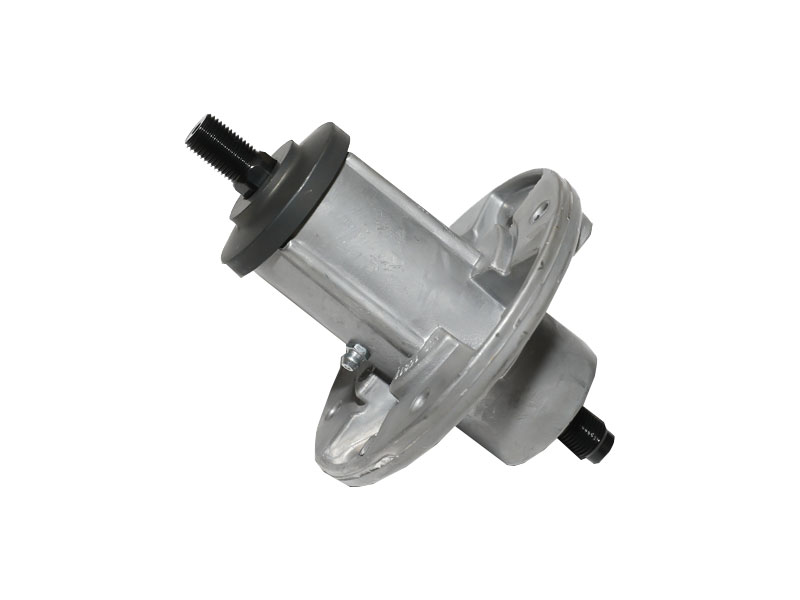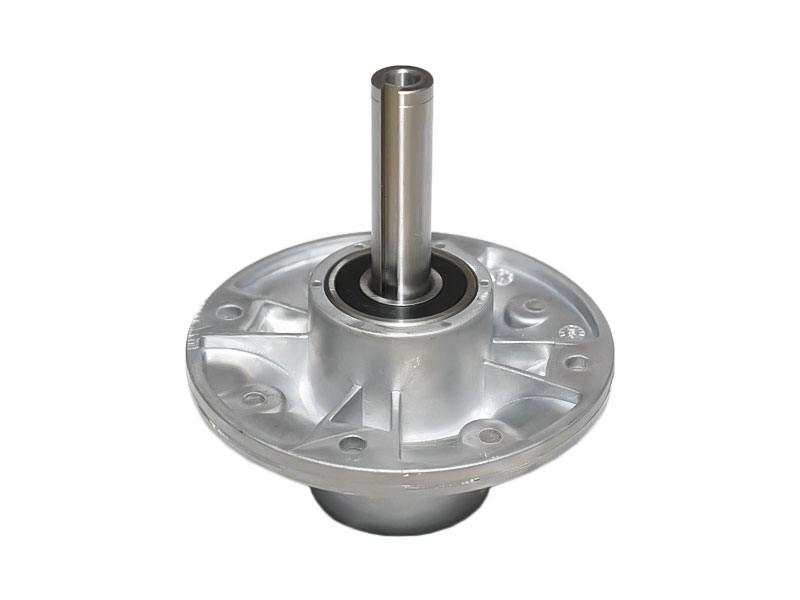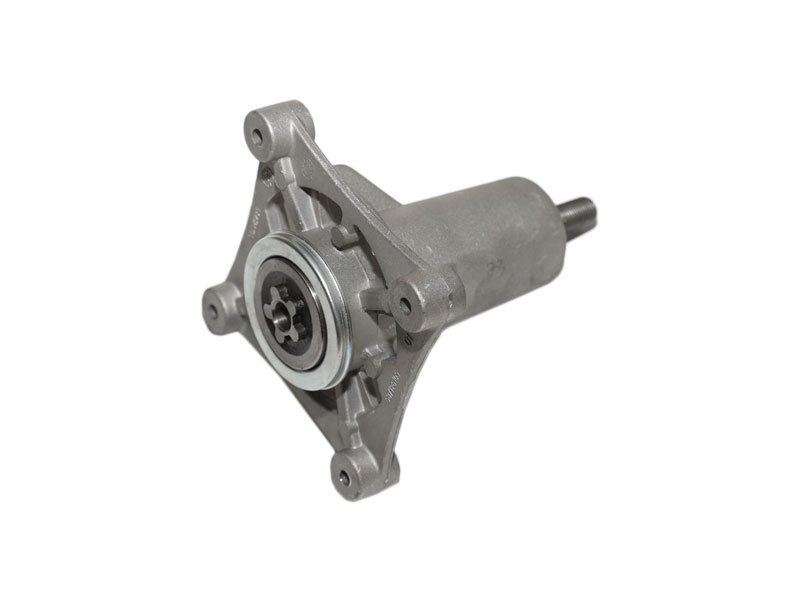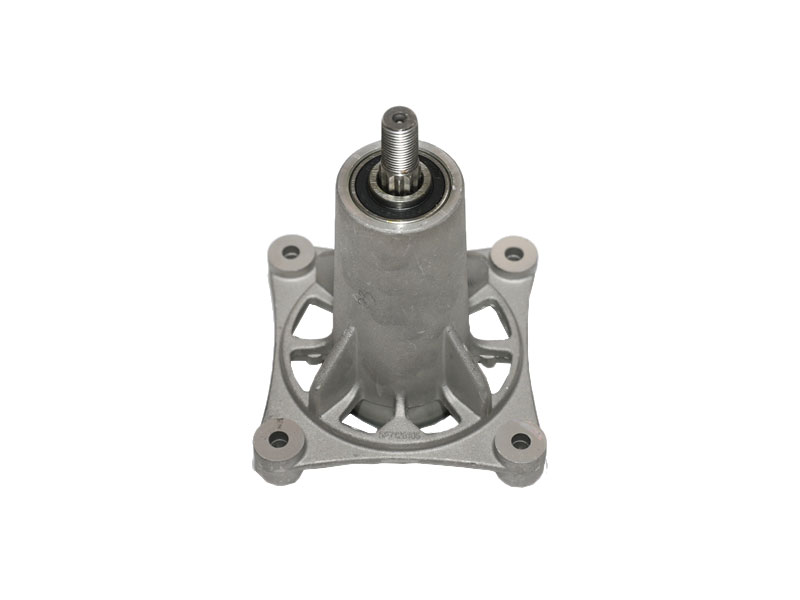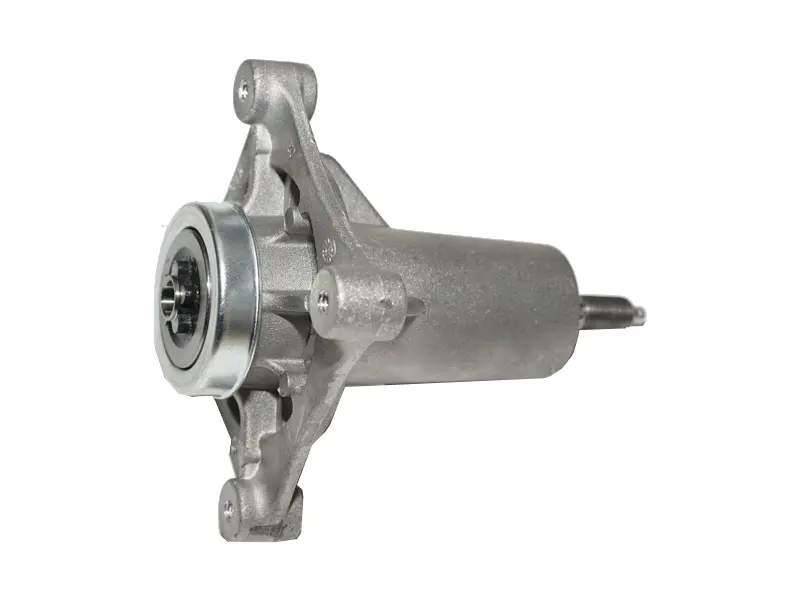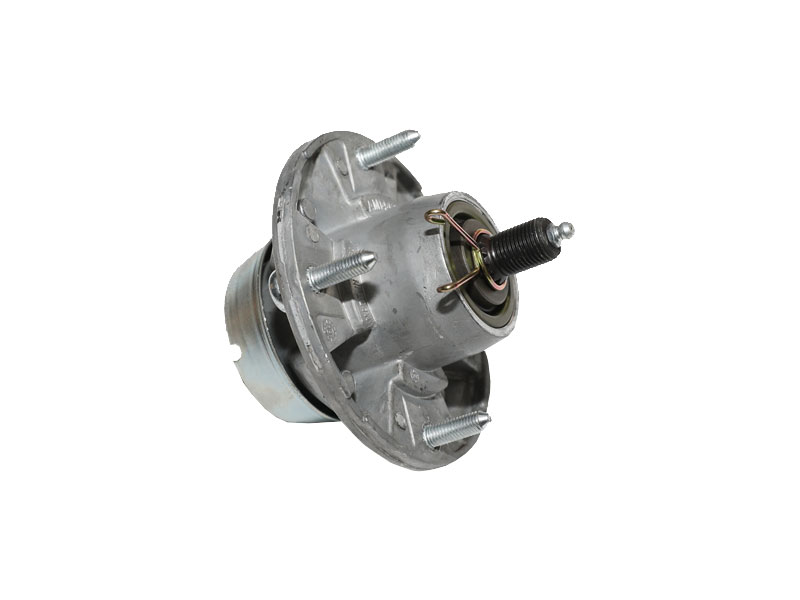The length and orientation of the drag link are critical factors in determining a vehicle's steering geometry. The drag link is an essential component of the steering system in many vehicles, especially those with a recirculating ball or rack-and-pinion steering mechanism.
Here's how the length and orientation of the drag link affect steering geometry:
Steering Angle: The length of the drag link is crucial in determining the steering angle or the angle through which the front wheels can turn. A longer drag link typically allows for a greater steering angle, which can result in a tighter turning radius. This is important for maneuverability, especially in tight spaces or when parking.
Ackerman Angle: The orientation of the drag link plays a role in achieving the Ackerman steering geometry. Ackerman steering is a design that ensures that the inside wheel of a vehicle follows a tighter radius than the outside wheel when turning. This design reduces tire scrubbing and improves stability during turns. The correct orientation of the drag link is essential for achieving this geometry.
Alignment and Handling: Proper alignment of the drag link ensures that the front wheels are aligned correctly, which affects the vehicle's handling, stability, and tire wear. If the drag link is not properly oriented or is of the incorrect length, it can result in poor handling, uneven tire wear, and even steering instability.
Steering Sensitivity: The length and orientation of the drag link can also impact the sensitivity of the steering system. A shorter drag link may make the steering more responsive but less stable, while a longer drag link may make the steering less sensitive but more stable at higher speeds.
Bump Steer: The length and angle of the drag link can influence bump steer, which is the tendency of the front wheels to steer unintentionally when the vehicle encounters bumps or irregularities in the road. Proper design and adjustment of the drag link can minimize bump steer.
The drag link's length and orientation are essential considerations in the design and setup of a vehicle's steering system. They have a direct impact on steering geometry, handling characteristics, and overall driving performance. Manufacturers and mechanics must carefully adjust and maintain the drag link to ensure that the vehicle's steering functions correctly and safely.
 English
English 中文简体
中文简体 Español
Español svenska
svenska




